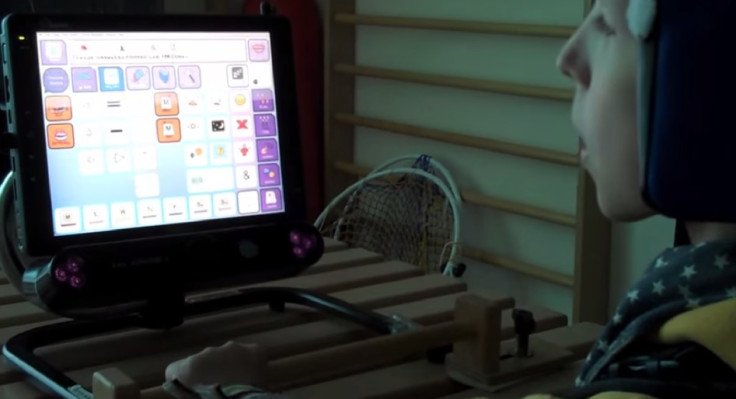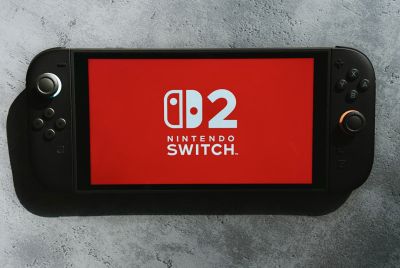International Day of Persons with Disabilities: 5 Empowering Technological Breakthroughs

Throughout human history, new technologies have shaped and altered the way people live. Yet with an estimated one billion people around the world living with a disability, many do not have access to life-changing equipment – as around 80% live in developing countries.
This year, on the International Day of Persons with Disabilities, the theme is "sustainable development: the promise of technology" – with the aim of improving technology and making it more widely available to those living with disabilities. The day, observed by the United Nations annually on 3 December, will look at the issue in the context of the post-2015 development agenda.
"Let us spare no effort to ensure that policies, programmes, guidelines and 21<sup>st century technologies are accessible to persons with disabilities, and sensitive to their perspectives and experiences," UN secretary-general Ban Ki-moon said in a statement.
IBTimes UK looks at five available technologies and inventions in development which enhance the lives of those with disabilities.
Eyegaze
Eye tracking is the field of monitoring what people do with their eyes – observing what people choose to look at, how their visual activities behave and how their eyes move. The technology has the ability to open up communication, independence and improve quality of life for those with disabilities such as motor neurone disease, locked-in syndrome, muscular dystrophy and cerebral palsy.
Eyegaze offers a selection of machines, including desktops and tablets, to empower both adults and children. The technology can be used to provide education, write books, draw and even generate speech by typing a message or selecting phrases. Other eye-tracking developments include software that allows a person to do day-to-day tasks, such as opening curtains.
SMART belt
Engineering students at Rice University in the United States last year designed a new belt which could help to monitor children's seizures, for those with epilepsy or other similar conditions.
The Seizure Monitoring and Response Transducer belt detected increased electrical conductance in the skin of the wearer, as well as changes in their breathing; both of which are signs of an impending seizure. Targeted at those aged six and above, the equipment could keep children safe and stable during the night.
"The main goal of our project was to build the sensors and demonstrates that they work and show they have the potential to detect seizures," Charles Park, one of the creators, told Epilepsy Research.
iBot stair-climbing wheelchair
The iBot is a powered wheelchair developed by Dean Kamen in a partnership between DEKA and Johnson and Johnson's Independence Technology division, that allowed users to climb stairs and rise from a sitting to a 'standing' elevation.
As of 2009, the chair is no longer available for sale from Independence Technology and is not currently in production, but several organisations have backed the technology to manufacture a new generation of the iBot in the future.
Google's driverless car
This year, Google launched a new prototype of its Self-Driving car that has neither a steering wheel nor pedals. The software powering the cars is called Google Chauffeur and the project could provide a safe means of independent transportation for the visually impaired or those with physical handicaps.
Legislation has been passed in four US states, allowing driverless cars to be used. In Nevada, the Department of Motor Vehicles issued the first licence for an autonomous car in 2012. Florida, California and Michigan all allow the testing of robotic cars.
DEKA robotic arm
Dubbed "Luke" after Luke Skywalker, the DEKA robotic arm is designed to restore functionality for individuals with upper extremity amputations. The team, headed by Segway inventor Dean Kamen, have created a highly functional robotic arm weighing less than eight pounds.
It can be customised to the needs of an individual, whether they require an entire arm or a hand. The arm is so precise that it can peel a grape and it has a sensory feedback system which provides feedback to the wearer in the form of vibrations. This allows the user to control grip strength and pressure.
© Copyright IBTimes 2025. All rights reserved.






















